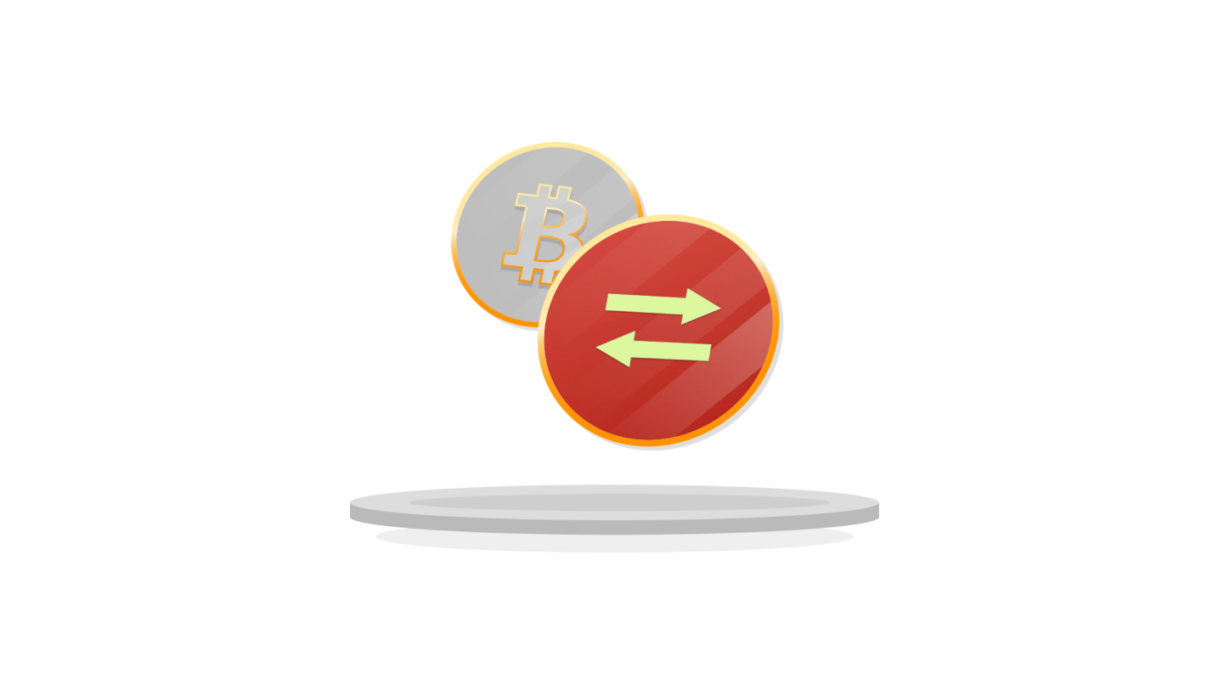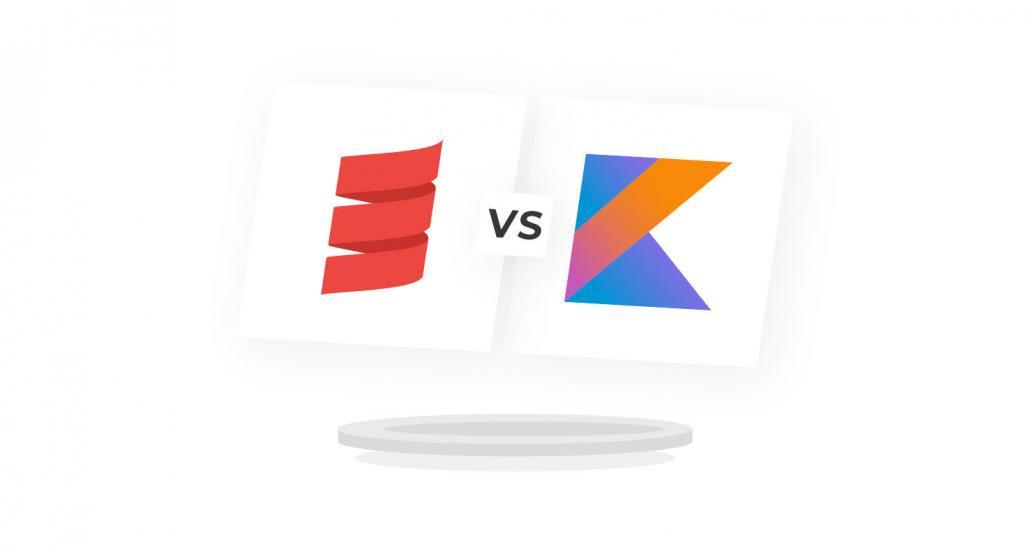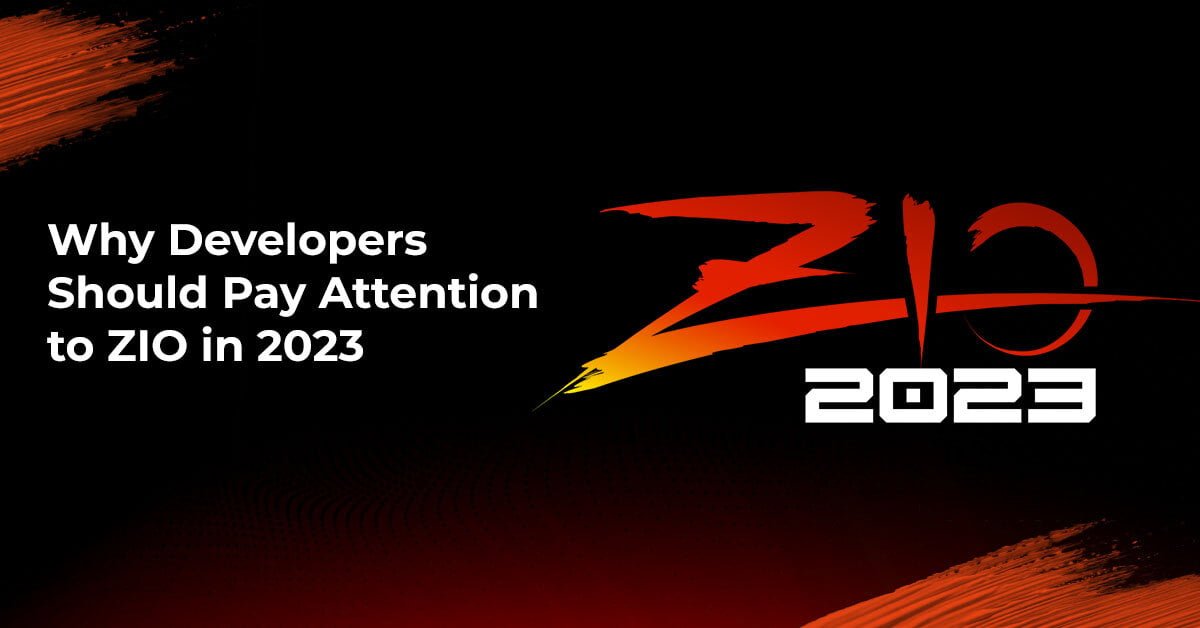
What Is The Difference Between Bitcoin And Ethereum?

A guide to the top ten cryptocurrencies and tokens
The basic philosophy on which Apple has grown throughout the years is that it tried to offer a limited range of products. Their idea was that customers do not actually seem to like having a wide range of choices of smartphones or laptops because they get lost among all the possibilities, models, parameters, and other seemingly important factors. That is why the company would add a limited range of choices to its offerings on a yearly basis.
But the same cannot be said about cryptocurrencies.
What are the example uses of cryptocurrencies and tokens?
- Payments. You can transfer money to friends and family in a blink of an eye, even if they are in another country. They can use the coin to pay for their expenses or convert it to their preferred fiat currency. The advantage of blockchain-based payments is that, in addition to all the security provided by the technology, they are instant and tend to be low-cost.
- Banking. Loans, salary deposits, savings wallets, financial derivatives, banking cards, etc. – all products offered by traditional financial institutions can find their way to blockchain, to serve a wider number of people across the world. This is particularly useful for those who do not have access to banks’ services or do not want to use them for various reasons (about 50 million adults out of 72 million world population remain unbanked).
- Online voting. Some tokens are issued only to the members of a particular community, so they can vote on important matters concerning any service or website. Due to the immutability of the blockchain, the vote is ensured to be fully safe, free of any unwanted interferences, and transparent or anonymous, whatever the wish is.
- Gaming and gambling, and other online services. Some websites issue their own coins for internal use. This makes sense, especially in the case of some delicate services, such as gambling, Virtual Private Networks, or digital mining equipment, but coins can also be used to buy commodities like books or photography. The buyer essentially converts their fiat money to a particular token and then pays for purchases with these tokens.
- Gold, precious metals, and other investments. Some tokens provide an opportunity to invest in various assets, i.e. precious metals, but also real estate or pieces of art. Whether you choose to invest in the entire gold bar, house, or anything else, or only part of it, you receive an appropriate equivalent of your investment in the particular token, which you later can resell or utilize according to your needs.
- Contracts. Smart contracts in combination with the immutability of the blockchain make it possible to use it for signing and storing documents such as insurance policies, hedging contracts, full-scale employment contracts, wills, or title registries.
Top 10 cryptocurrencies right now
Let’s take a look at the top ten cryptocurrencies as of that time, according to CoinMarketCap’s ranking. Although the data will probably change fast, it should help you with understanding the ins and outs of each digital currency.
Bitcoin (BTC)
Market capitalization: $684.41 billion
Total value change in Year-To-Date: +24.42%
The whole crypto frenzy began with Bitcoin, therefore it is no wonder that it still remains the largest currency and in many cases, it remains a bridge between the offline and online world. People converting from fiat currencies to digital will usually buy Bitcoin first, and they will usually be able to cash out digital money in one of the Bitcoin ATMs located across the globe. Bitcoin is not controlled by any specific entity and there is a limited amount of coins in the blockchain – all of them are expected to be mined out by the year 2140 at the earliest.
Ethereum (ETH)
Market capitalization: $328.05 billion
Total value change in Year-To-Date: +286.57%
Ethereum is often listed as the most important alternative to Bitcoin. It’s a platform that enables building and running smart contracts and decentralized applications without any downtime, fraud, control, or third-party interference. Ethereum’s ultimate goal is to provide a decentralized suite of financial products for everyone in the world, banked or unbanked. In 2021, the coin is expected to change its consensus algorithm to proof-of-stake, which will allow it to speed up transactions and secure them whilst also using much less energy.
Tether (USDT)
Market capitalization: $62.32 billion
Total value change in Year-To-Date: -0.08%
Third place in terms of market capitalization value for Tether is the best confirmation of interest in stablecoins. Tether is one of the first such cryptocurrencies, whose aim is to reduce market volatility and attract new users to digital platforms by introducing an external reference point of value. In this coin’s case, its value is tied directly to the United States dollar. Such a setup makes it also easier to convert other cryptocurrencies to US dollars, as the process is faster than actually exchanging digital coins for flat currencies.
Binance Coin (BNB)
Market capitalization: $61.71 billion
Total value change in Year-To-Date: +961.07%
Cardano (ADA)
Market capitalization: $55.29 billion
Total value change in Year-To-Date: +887.03%
Cardano was created by engineers, mathematicians, and cryptography experts in a research-based approach with the help of Charles Hoskinson, one of Ethereum’s co-founders. As described on its website, “Cardano combines pioneering technologies to provide unparalleled security and sustainability to decentralized applications, systems, and societies”. Since its aims are similar to Ethereum (i.e. providing decentralized financial products, solutions for chain interoperability, voter fraud, and legal contract tracing), this relatively fresh coin has already been called “the Ethereum killer”. Its creators encourage everyone to “change the world together”.
Dogecoin (DOGE)
Market capitalization: $48.46 billion
Total value change in Year-To-Date: +6461.35%
XRP (XRP)
Market capitalization: $44.37 billion
Total value change in Year-To-Date: +304.94%
XRP was designed to be used in the Ripple network for cross-border transfers. Banks and financial institutions can quickly send XRP across borders at a lower price compared to similar activities with fiat currencies. A local currency is converted to XRP and sent to the local gateway, where it is returned to the buyer in a currency accepted by them. Not only does this shorten the time of transfers, but it also limits bank fees in the case of entities that do not have direct ties to their foreign counterparts. For the whole process to work, the only requirement is that both sides of it are present in the Ripple network.
Polkadot (DOT)
Market capitalization: $23.56 billion
Total value change in Year-To-Date: +199.99%
USD Coin (USDC)
Market capitalization: $23.07 billion
Total value change in Year-To-Date: +0.07%
Uniswap (UNI)
Market capitalization: $15.28 billion
Total value change in Year-To-Date: +470.87%
UNI is the native coin of the Uniswap protocol. Its purpose is not trading, but instead voting on changes to Uniswap’s protocol. Therefore, coins are distributed to existing community members as well as team members, investors, and other advisors. Everyone who has used the protocol is able to claim at least 400 UNI tokens and participate in discussions about it. Uniswap itself is an automated liquidity protocol that allows users to trade their cryptocurrencies without any centralized party or intermediaries, based on a decentralized pricing mechanism. Since the protocol is operating as open-source software free of any charges, it is considered as something that exists for the good of the public.
Those were the top ten cryptocurrencies according to their market capitalization value. Some other interesting digital coins include:
- Litecoin (LTC). Sometimes referred to as “silver” (whereas Bitcoin is gold). This currency, which is based on an open-source global payment network, is very similar to Bitcoin except for faster transaction confirmation times.
- Bitcoin Cash (BCH). One of the earliest and most popular hard forks of the original Bitcoin, which split from the grandmother of cryptocurrencies after a scalability debate between developers and miners.
There are also some coins inseparably connected to the platforms that issue them, which make sense and work only in this particular environment. Examples include:
- Chainlink (LINK). An open-source technology aimed at ensuring the execution of even the most comprehensive and complicated smart contracts on any blockchain.
- Stellar Lumens (XLM). A decentralized payment platform that intends to make cross-border transactions (i.e. remittances) easier by providing affordable, fast, and reliable transfers. As opposed to XRP, XLM focuses on the needs of customers rather than large financial institutions.
- Filecoin (FIL). An open-source cloud storage marketplace, protocol, and cryptocurrency, which allows everyone who is interested to become a storage provider and monetize their open hard drive space.
Which digital coin is the best?
When investing in Bitcoin or other cryptocurrencies, or considering building apps based upon them, it is good to understand the limitations and possibilities related to every coin out there. Sometimes a niche blockchain might be the answer to your strategic goals, while sometimes it is better to follow the crowd and invest in the top ten cryptocurrencies.











